
Let Selfbuild Guide be your mentor and help you through the important steps of building or renovating your home so that no nasty surprises occur, costs are kept within your budget and you are well informed on your project
-
Basic Site Checklist
-
Road Openings
-
Wastewater
-
Water and Electricity
-
Planning Red Flags
-
Buying Land With An Existing House On It
-
Site Access

Basic Site Checklist
Check your sight lines, rights of way, restrictive covenants and potential need for new entrances.

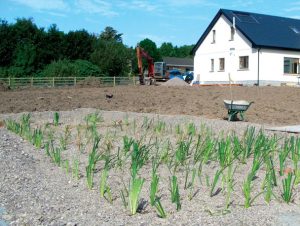
Wastewater
If you can’t connect to the mains, you need to get a percolation test and pick an on-site treatment system.

Water & Electricity
Connection fees for these can run high, so check in advance although exact connection costs may not be forthcoming until you’ve got planning permission.
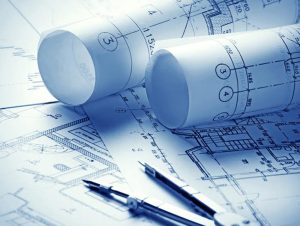
Planning Red Flags
Check zoning laws, including locals only rules, and other site specific issues.

Buying Land With An Existing House On It
Consider that this can be an easy way to get planning permission; plus knocking down to rebuild.
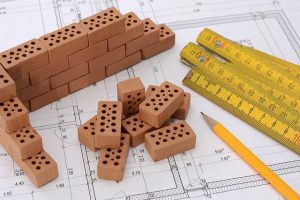
Securing planning permission
Planning permission is the government’s written authorisation for you to build a house according to the plans you submit to them, oftentimes with conditions attached.
-
Working Out Your Requirements
-
Choosing An Architectural Designer
-
Collating Your Ideas
-
Building Methods
-
Other Key Structural Decisions
-
Direct Labour Vs Main Contractor
-
Energy Efficiency, Airtightness And The Environment
-
Budget And Financing
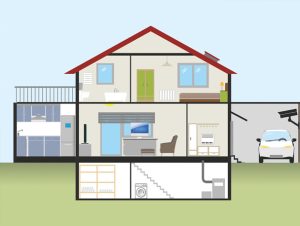
Working out your requirements
Before you put pencil to paper and start sketching out a design, first spend a little time thinking and discussing with friends and family what it is you need and how you would improve the home you currently live in, and what features you would keep.
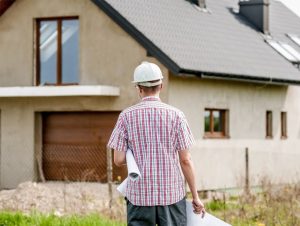
Choosing an architectural designer
It is not an exaggeration to say that this is a pivotal decision to make– so getting it right is important.
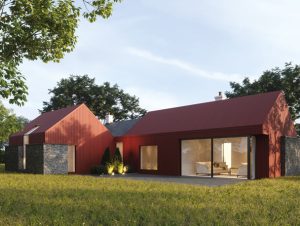
Collating your ideas
Scrapbooks, online ideas and mood boards are all good ways to collate ideas for building your new home.
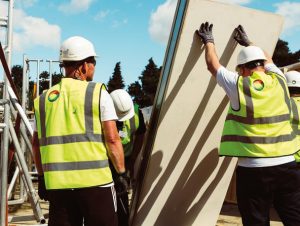
Building methods
The most common building methodsin Ireland are blockwork and timber frame but there are other options to consider as well. Building methods categories can be organised as follows:
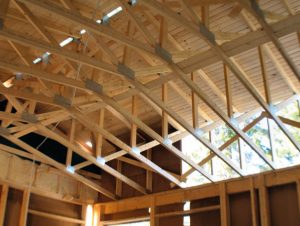
Other key structural decisions
Building methods mostly deal with wall construction, although some types, such as ICF or prefabricated buildings, may be able to build the roof out of the same material as the walls.
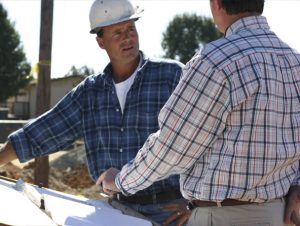
Direct labour vs main contractor
Unless you have direct experience at employing trades people and have the time and skills to manage a site directly then you should think carefully before setting off down the direct labour route. Whilst you will not be paying a contractor’s profit (typically 10 per cent) it can often be a false economy going the direct labour route.

Securing planning permission
Planning permission is the government’s written authorisation for you to build a house according to the plans you submit to them, oftentimes with conditions attached.
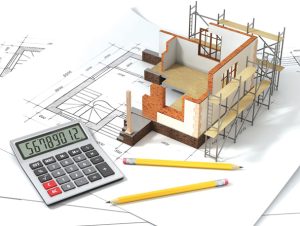
Budget and Financing
Deciding on a budget is very individual. It could be what money you have saved or the value of your current home, or even the maximum amount a mortgage provider will lend.
-
Cost Savers
-
Getting The Space Right
-
Kitchen And Bathroom Designs
-
Designing The Outside Space
-
Choosing Windows And Doors
-
Choosing External Finishes
-
Securing Planning Permission
-
Heating Systems
-
Heat Emitters
-
Ventilation
-
Provisions For On-Site Electricity, Water
-
Construction Drawings
-
Health & Safety: Appoint PSDS/PD


Getting the space right
Writing a design brief is the single most important thing you can do when remodelling, extending, building or renovating a home…
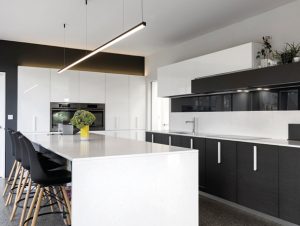
Kitchen and bathroom designs
The kitchen is the room most people spend the majority of their time in at home so getting it right is essential…

Designing the outside space
Don’t forget your outside space in the brief including garden pods, sheds and garages, attached or detached, as these should form part of the budget. These, as well as planting schemes may require planning approval.
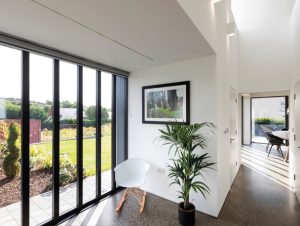
Choosing Windows & Doors
Picking you windows and doors is often a matter of personal taste or style, however, as they are one of the biggest single items of expenditure it is important to spend time looking at the options available.
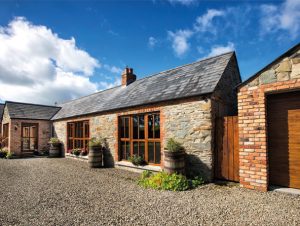
Choosing External Finishes
Quite often your architectural designer will be able to advise you on any potential planning restriction with your preferred choice of external wall finish and of roof covering.

Securing planning permission
Planning permission is the government’s written authorisation for you to build a house according to the plans you submit to them, oftentimes with conditions attached.

Heating Systems
The drive to improve the energy efficiency of homes and reduce carbon emissions has resulted in a dramatic change in building regulations – particularly in ROI with similar moves expected for NI.

Heat Emitters
Where heating systems refer to the machinery that produces heat and hot water, heat emitters refer to the equipment through which the heat is delivered.

Ventilation
Ventilation is the method by which fresh air enters the home and stale air leaves it…

Provisions for on-site electricity, water
Some items will need to be designed early on so that future installation is both quick and inexpensive…

Construction drawings
Before work can start on site your architectural designer will need to produce a set of drawings that comply with the building regulations.
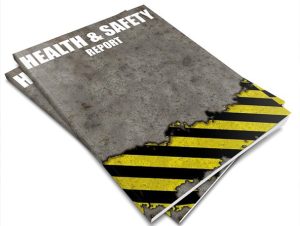
Health & Safety: Appoint PSDS/PD
The ultimate responsibility for complying with both the building regulations and the health and safety requirements rests with the owner.
-
Building Control: Register Your Project
-
Health & Safety: Appoint PSCS/PC
-
Insurance And Warranty Cover
-
Appointing A Main Contractor
-
Direct Labour Tasks
-
Before You Start To Dig
-
Living Arrangements
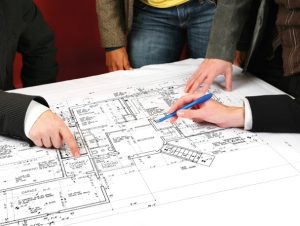
Building control: Register your project
Before you can start with the construction work, known as breaking ground, you need to notify the authorities.

Health & Safety: Appoint PSCS/PC
Before you start on construction, you must appoint a Principal Contractor or PC (NI) / Project Supervisor Construction Stage or PSCS in ROI.

Insurance and warranty cover
It is a legal obligation for the homeowner (self-builder) to be on top of health and safety on site and there are procedures in place for you to prove that to the authorities.
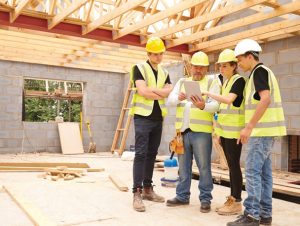
Appointing a main contractor
In the context of project management, using a main contractor is attractive for a number of good reasons.
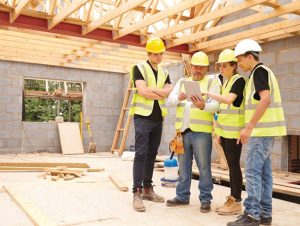
Direct labour tasks
Direct labour consists of hiring all of the individual tradesmen yourself.

Before You Start To Dig
The first thing you will need to do is mark out the house, in other words mark out the lines of the house’s outline as a reference point for everything that happens afterwards.
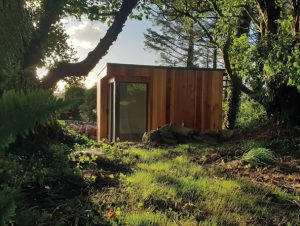
Living Arrangements
The choice of where to live while you build is an important one to factor into the cost of your project…
-
Quality Control: Inspection Schedule
-
Construction Overview
-
Foundations, Subfloors And Screeds: Watchpoints
-
Wastewater Systems, Wells: Watchpoints
-
Landscaping: Watchpoints
-
Insulation And Airtightness: Watchpoints
-
Ventilation And Heating Systems: Watchpoints
-
Windows And Doors: Watchpoints
-
Roofing & External Finishes: Watchpoints
-
Joinery: Watchpoints
-
First Fix
-
Second Fix
-
Choosing Lighting
-
Choosing Wall And Floor Finishes
-
Choosing The Kitchen
-
Choosing The Bathrooms

Quality control: Inspection schedule
In NI, your local authority will arrange a set number of mandatory inspections for your build. You will have to notify your building control officer when they are to call on site.
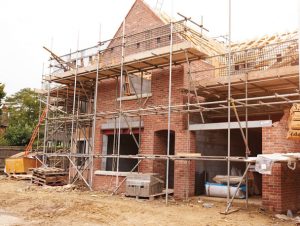
Construction Overview
The day to day running of your self-build site will depend on whether you have hired a main contractor or are managing the trades yourself (direct labour), and your choice of building method….
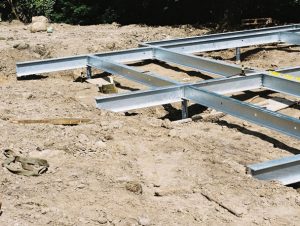
Foundations, subfloors and screeds: Watchpoints
Check your sight lines, rights of way, restrictive covenants and potential need for new entrances.

Wastewater systems, wells: Watchpoints
The wastewater company will install the system, possibly under the supervision of your site assessor…

Landscaping: Watchpoints
A good site plan as part of your construction drawings will take landscaping requirements into account, although on many self-builds there is little to no landscaping plan apart from complying the planning requirements which usually stipulate the need for native hedging and some trees around the site boundaries.
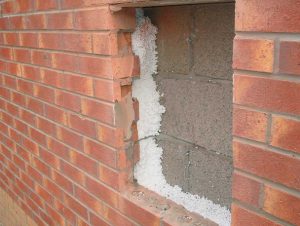
Insulation and airtightness: Watchpoints
Your insulation and airtightness strategy will have been worked out at this stage with your energy assessor

Securing planning permission
Planning permission is the government’s written authorisation for you to build a house according to the plans you submit to them, oftentimes with conditions attached.

Windows and doors: Watchpoints
Nearly all window suppliers and many door suppliers will insist on coming to site to measure the openings directly…
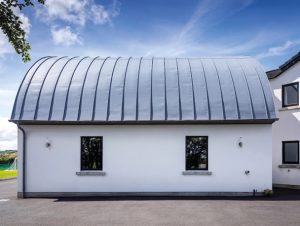
Roofing & External Finishes: Watchpoints
On site a carpenter will fit the roof and you or your builder will usually need to supply scaffolding and teleporter; when getting a quotation you will need to clarify who supplies what.
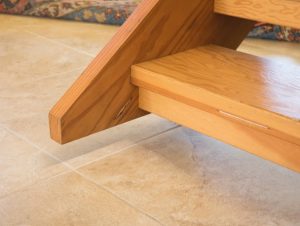
Joinery: Watchpoints
Your joiner will most likely be in charge of fitting out the kitchen, internal doors, skirting boards/architraves and staircase…
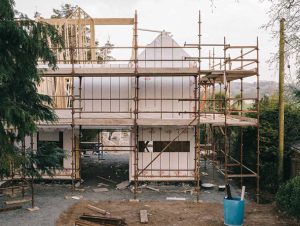
First Fix
First fix usually refers to all the work that takes place before you get to plaster your internal walls and ceilings; the exact definition needs to be agreed to with all on site…
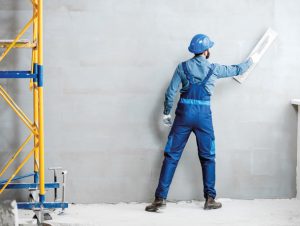
Second Fix
At this stage the fitting out of all the bathrooms as well as kitchen and other rooms can take place. From a plumbing point of view, the heating system will be commissioned, the fixtures and fittings (sanitary ware, taps etc.)

Choosing Lighting
It’s one thing giving the electrician an idea of where you want your sockets, knowing what light fixtures and fittings you will use is quite another…

Choosing Wall and Floor Finishes
As with all other second fix aspects, this is an area that can break the bank. The choice of walls and floor coverings is a personal one, and costs here will vary widely.

Choosing the Kitchen
Earlier on in the design process your architectural designer will have given you some guidance on the kitchen design to ensure there is enough space for what you need…
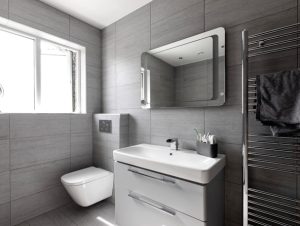
Choosing the bathrooms
The bathroom design will have been considered at the design stage…
-
Snag Lists and Retention If Main Contractor
-
Certificate Of Compliance
-
Final Stage Payment For Mortgage
-
Conveyancing
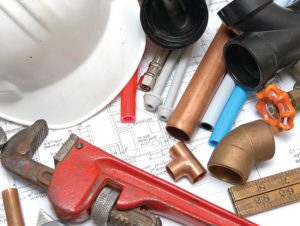
Snag lists and retention if main contractor
Once the builders and tradesmen have packed up their tools and waved goodbye, it’s time to check for any snags…
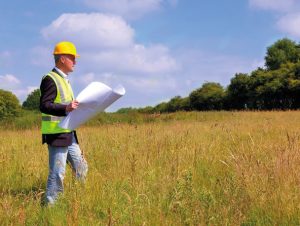
Certificate of compliance
In NI, your local building control officer will do a final inspection to issue your Building Regulation Completion Certificate.

Final stage payment for mortgage
Choosing between heat pumps, boilers and renewable systems are big decisions in any build. We look at the facts and how each solution could fit your project….

Conveyancing
The change of ownership process on property is called conveyancing; this applies to both land and house…
© 2024 Selfbuild Ireland Ltd






